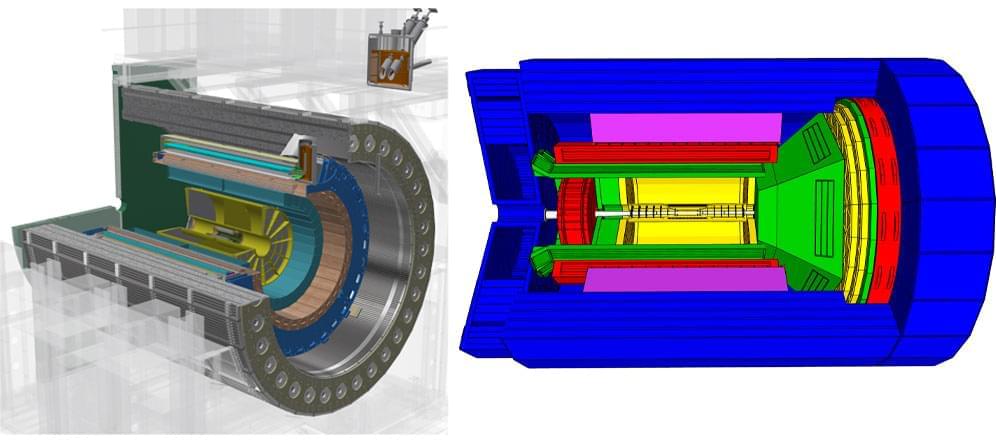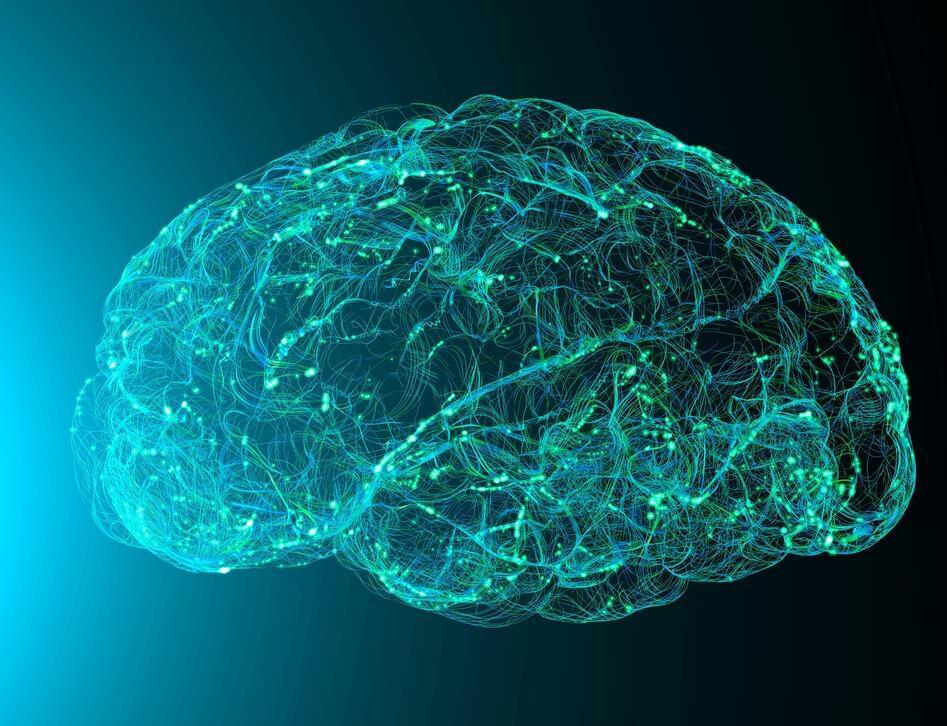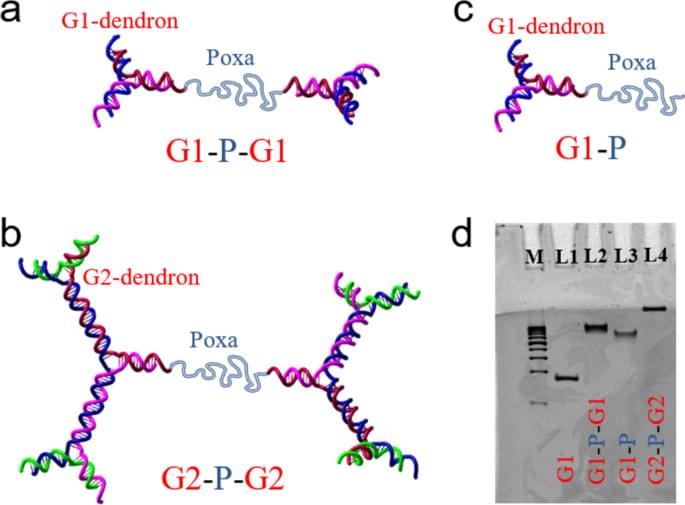Sources detail ‘email flurry’ among US officials over different colours for Taiwan and Chinese mainland in video presentation.
Want to read this story for FREE? Create an OT account and get more free stories every month! Create Free Account
You can read an UNLIMITED number of stories for less than $1 per week by subscribing to The Owensboro Times Subscribe
Already have an OT Account? Log In.
WASHINGTON, D.C. — Today, the U.S. Department of Energy (DOE) announced $5.7 million for six projects that will implement artificial intelligence methods to accelerate scientific discovery in nuclear physics research. The projects aim to optimize the overall performance of complex accelerator and detector systems for nuclear physics using advanced computational methods.
“Artificial intelligence has the potential to shorten the timeline for experimental discovery in nuclear physics,” said Timothy Hallman, DOE Associate Director of Science for Nuclear Physics. “Particle accelerator facilities and nuclear physics instrumentation face a variety of technical challenges in simulations, control, data acquisition, and analysis that artificial intelligence holds promise to address.”
The six projects will be conducted by nuclear physics researchers at five DOE national laboratories and four universities. Projects will include the development of deep learning algorithms to identify a unique signal for a conjectured, very slow nuclear process known as neutrinoless double beta decay. This decay, if observed, would be at least ten thousand times more rare than the rarest known nuclear decay and could demonstrate how our universe became dominated by matter rather than antimatter. Supported efforts also include AI-driven detector design for the Electron-Ion Collider accelerator project under construction at Brookhaven National Laboratory that will probe the internal structure and forces of protons and neutrons that compose the atomic nucleus.
Nearly 1.6 million WordPress websites were targeted with 13.7 million malicious requests from 16,000 different IP addresses.
The Russian government has blocked Tor privacy service in its latest move toward censorship.
Several hackers are actively weaponizing “Log4Shell” vulnerability in Apache Log4j to install cryptocurrency miners, Cobalt Strike, and botnet malware.
A common solution is emerging in two different fields: developmental biology and neuroscience.
facebook Share on Facebook Share on Twitter Share via Email.
Experimental realization of cluster crystals-periodic structures with lattice sites occupied by several, overlapping building blocks, has been elusive. Here, the authors show the existence of well-controlled soft matter cluster crystals composed of a thermosensitive water-soluble polymer and nanometer-scale all-DNA dendrons.
If indirect detection searches are to be used to discriminate between dark matter particle models, it is crucial to understand the expected energy spectra of secondary particles such as neutrinos, charged antiparticles and gamma-rays emerging from dark matter annihilations in the local Universe. In this work we study the effect that both the choice of event generator and the polarisation of the final state particles can have on these predictions. For a variety of annihilation channels and dark matter masses, we compare yields obtained with Pythia8 and Herwig7 of all of the aforementioned secondary particle species. We investigate how polarised final states can change these results and do an extensive study of how the polarisation can impact the expected flux of neutrinos from dark matter annihilations in the centre of the Sun.









